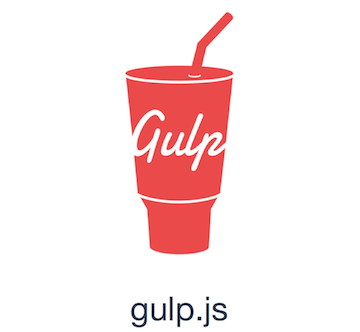
In this tutorial, we will show you how to install Gulp.js on Debian 9 Stretch. For those of you who didn’t know, Gulp is a toolkit that helps developers in the automation of painful workflow during development.
This article assumes you have at least basic knowledge of Linux, know how to use the shell, and most importantly, you host your site on your own VPS. The installation is quite simple and assumes you are running in the root account, if not you may need to add ‘sudo‘ to the commands to get root privileges. I will show you the step-by-step installation of Gulp.js on a Debian 9 (Stretch).
Prerequisites
- A server running one of the following operating systems: Debian 9 (Stretch).
- It’s recommended that you use a fresh OS install to prevent any potential issues.
- SSH access to the server (or just open Terminal if you’re on a desktop).
- A
non-root sudo useror access to theroot user. We recommend acting as anon-root sudo user, however, as you can harm your system if you’re not careful when acting as the root.
Install Gulp.js on Debian 9 Stretch
Step 1. Before we install any software, it’s important to make sure your system is up to date by running the following apt-get commands in the terminal:
apt-get update apt-get upgrade
Step 2. Installing Node.js on Debian Linux.
Add node.js PPA to your Debian system and install it:
sudo apt-get install python-software-properties curl -sL https://deb.nodesource.com/setup_8.x | sudo -E bash - sudo apt-get install nodejs
Verification node.js and NPM on your system:
node --version npm --version
Step 3. Installing Gulp.js on Debian 9.
Use the following commands to install Gulp globally on your Debian system:
sudo npm install -g gulp
Then, let’s check the installed version on your system using the following command:
gulp --version [12:19:46] CLI version 3.9.1 [12:19:46] Local version 3.9.1
Congratulations! You have successfully installed Gulp.js. Thanks for using this tutorial for installing Gulp.js in Debian 9 Stretch systems. For additional help or useful information, we recommend you check the official Gulp.js website.